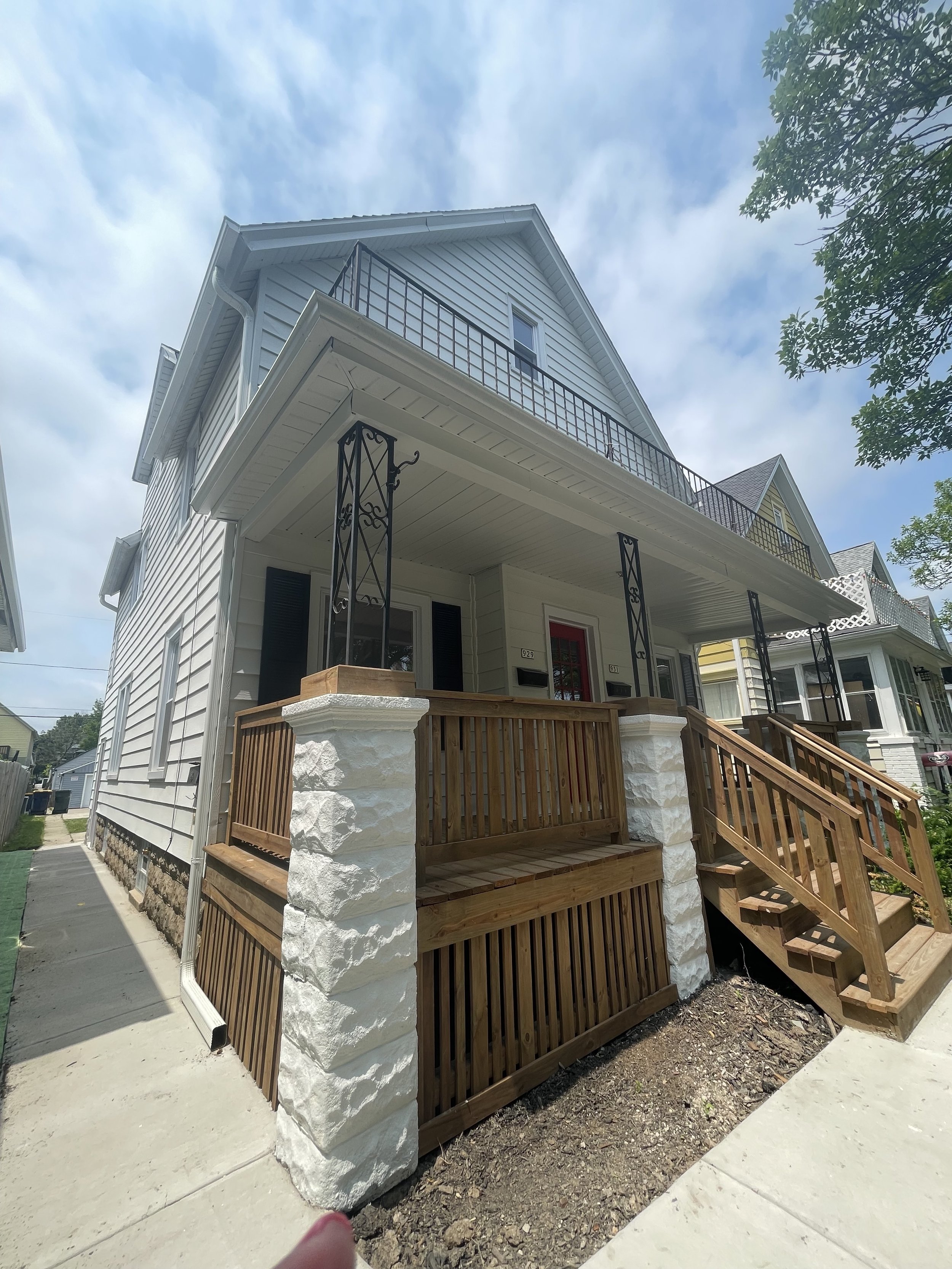
Your One-Stop Real Estate Help Solution That’s Not One-Size Fits All
Helping Property Owners:
Don’t let real estate challenges weigh you down. Our specialized team is here to guide you through every step, from short sales to foreclosure avoidance and probate. We’re your trusted partner in finding the best path forward.
Understanding Common Real Estate Challenges
Financial Hardship
Job loss, medical bills, death, divorce, or other unexpected expenses can make it difficult to keep up with mortgage payments.
Foreclosure Threat
When homeowners fall behind, the risk of foreclosure looms, putting their home and financial future in jeopardy.
Probate Complexities
Navigating the probate process after the passing of a loved on can be overwhelming, leaving properties in limbo.
What is a Short Sale?
A short sale is a transaction where the lender agrees to accept less than the full mortgage balance, allowing the homeowner to avoid foreclosure and move on with their life.
Short Sales: A Path to Debt Relief
Benefits of a Short Sale
Short sales can help homeowners escape mounting debt, protect their credit, and transition to more affordable housing options.
Our Short Sale Expertise
Our team has extensive experience navigating the short sale process: remaining diligent and up-to-date throughout the entire transaction.
Foreclosure Avoidance: Protecting Your Home
-
We understand the emotional and financial toll of facing foreclosure. Our experts will work closely with you to explore options like loan modifications, refinancing, or short sales - giving you the best chance of keeping your home.
-
Navigating the foreclosure process can be daunting, but you don’t have to go it alone. We’ll be by your side every step of the way, providing support and resources you need to make informed decisions.

Probate Challenges: Navigating Complex Estates
-
Inventory Assets
We can refer you to a local company to identify and catalog all the assets within the estate, ensuring nothing is overlooked.
-
Manage Property
Our team will help with management of the property, freeing you up to focus on other responsibilities.
-
Facilitate Transfer
We’ll work with you through the complex legal and administrative requirements to smoothly transfer the property.
-

Short Sales
We’ll negotiate with lenders on your behalf to secure the best possible outcome.
-

Foreclosure Avoidance
Explore alternatives and get the support you need
-

Probate Assistance
Navigating the complex legal and administrative requirements of estate management
-

Personalized Guidance
Our team will work closely with you to find the best solution for your unique situation.

The Benefits of Working with Our Team
-
Our seasoned professionals have extensive experience in navigating complex real estate challenges.
-
We take the time to understand your unique circumstances and tailor our solutions accordingly.
-
We know this can be a difficult time, and we’re here to provide the emotional support you need.
-
Our successful track record speaks for itself, giving you confidence in our ability to deliver results.
Next Steps: Get the Support You Need
Don’t face your real estate challenges alone. Contact us today to schedule a consultation and take the first step towards a brighter future.
LET’S REAL ESTATE MILWAUKEE!!





